What Is a Pipe Flange?
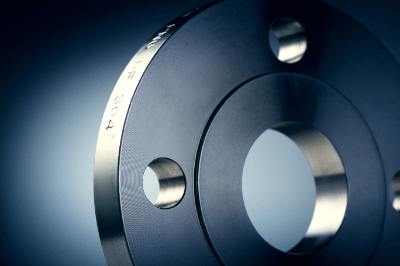
A pipe flange is a flat component attached to a pipe or equipment, serving as a type of pipe fitting.
Used for both pipe-to-pipe and equipment-to-pipe connections, pipe flanges are essential for various joint types. While some flanges are specifically designed for non-pipe connections, they are commonly referred to simply as “flanges.”
One key advantage of pipe flanges is their ease of disassembly for maintenance, offering high sealing performance. By loosening the bolts and nuts, the joint can be easily separated for internal cleaning and inspection, a process not feasible with welded pipe constructions without cutting.
Uses of Pipe Flanges
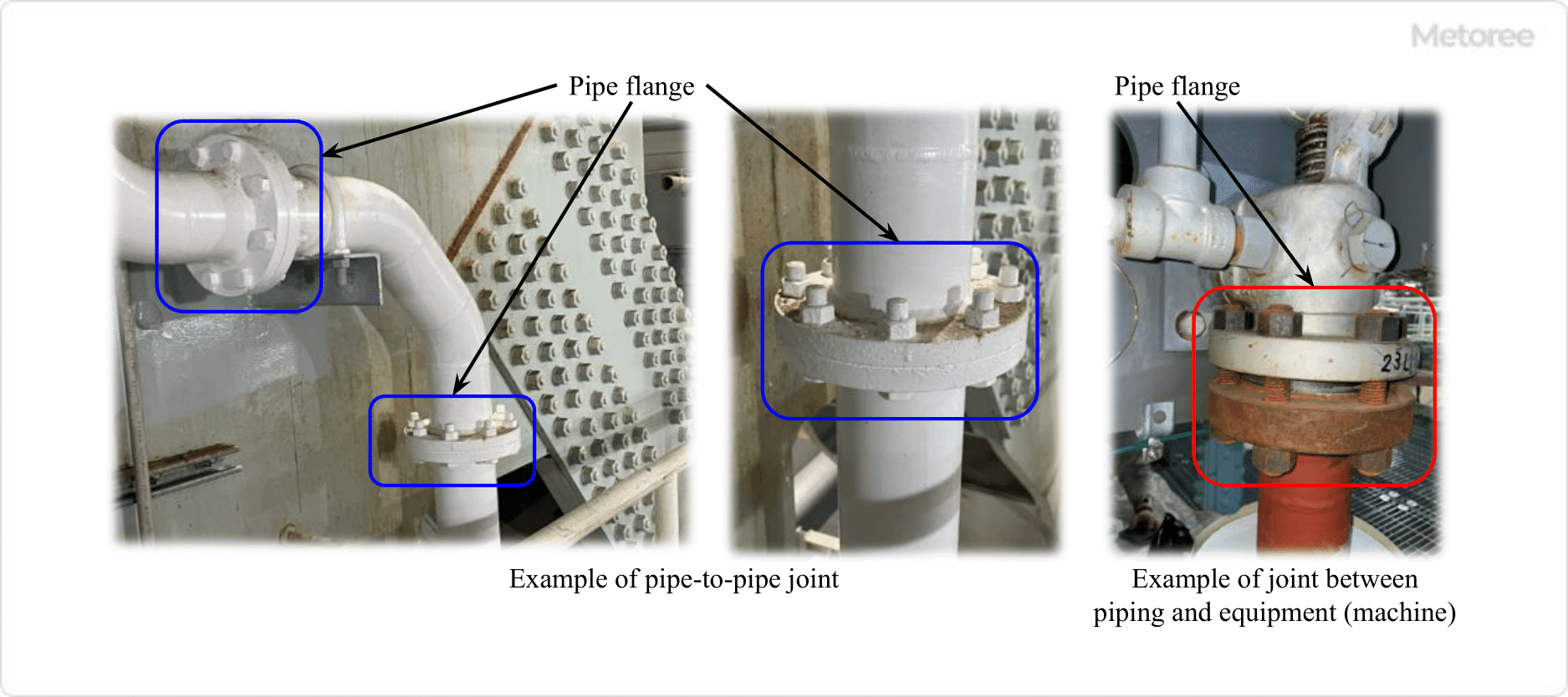
Figure 1: Example of Pipe Flange Use
Pipe flanges are utilized across a wide range of piping systems, transporting fluids such as air, gases, water, chemicals, food, steam, oil, and more. Their ability to be reused and ensure a high degree of sealing makes them preferable for applications in ships, railroads, and industrial settings, especially under extreme conditions like high or low temperatures, high pressure, or vacuum.
Principle of Pipe Flanges
Typically, pipe flanges connect by placing a gasket (sealing material) between two flanges and securing them with bolts and nuts. This method applies both to pipe-to-pipe and equipment-to-pipe connections, enhancing the joint’s sealing ability.
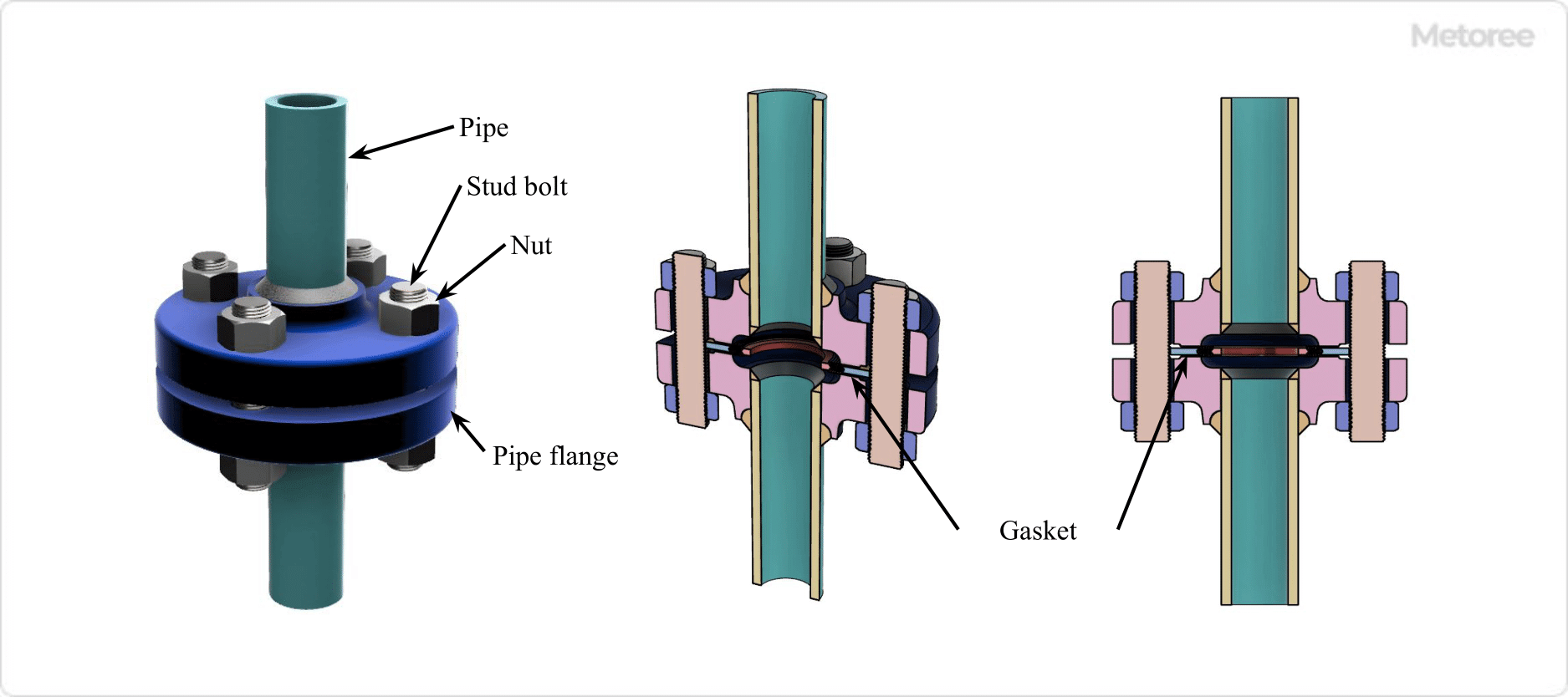
Figure 2: Joining Pipe Flanges (Assembly)
The gasket improves the seal between flange surfaces and varies in type depending on the fluid’s temperature and pressure.
Types of Pipe Flanges
Various standards outline steel pipe flanges, classified by shape, fluid pressure, connection method, and gasket type. Selecting the appropriate flange type is crucial for the specific application.
1. Slip-Welded Flange (SOH)
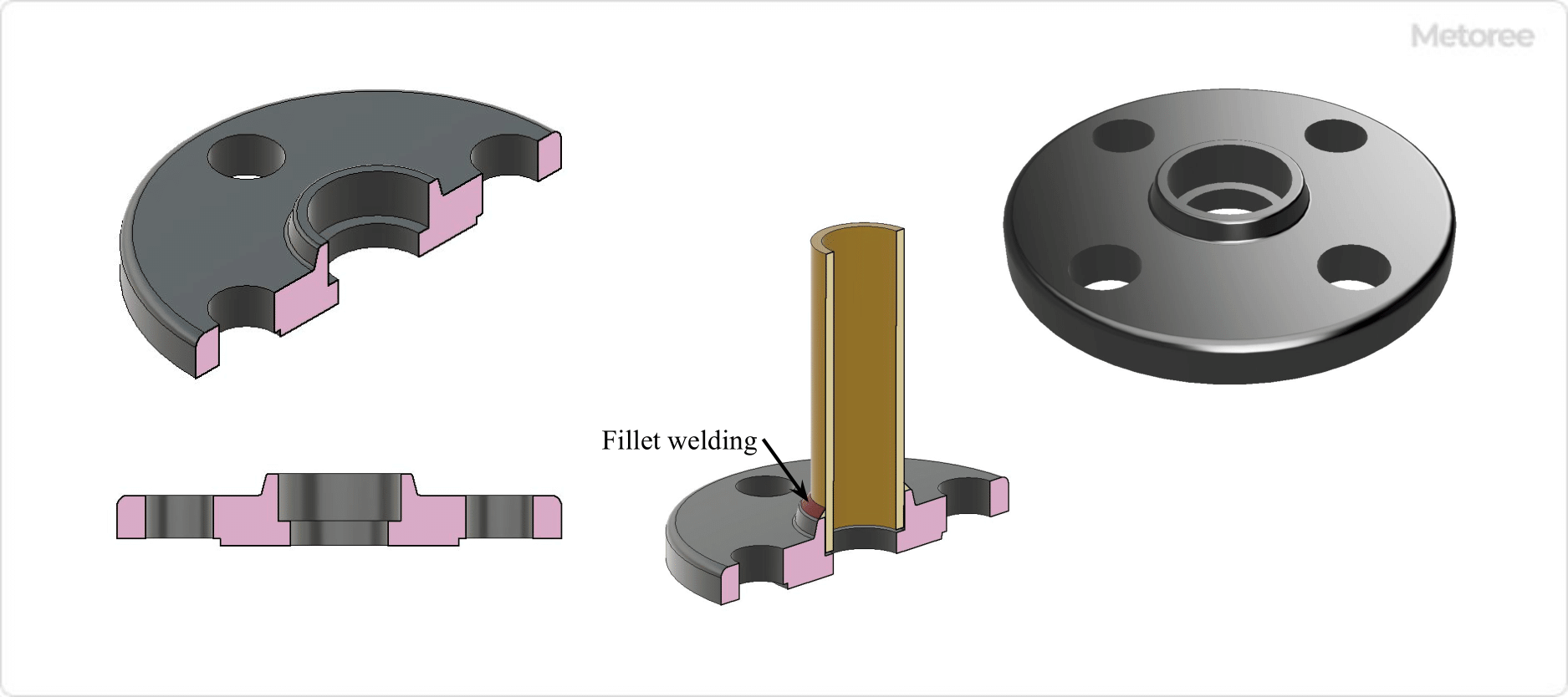
Figure 3: Slip-Welded Flange (SOH)
This common type involves inserting a pipe into the flange hole and welding it at both the top and bottom, securing the connection.
2. Socket-Welded Flange (SW)
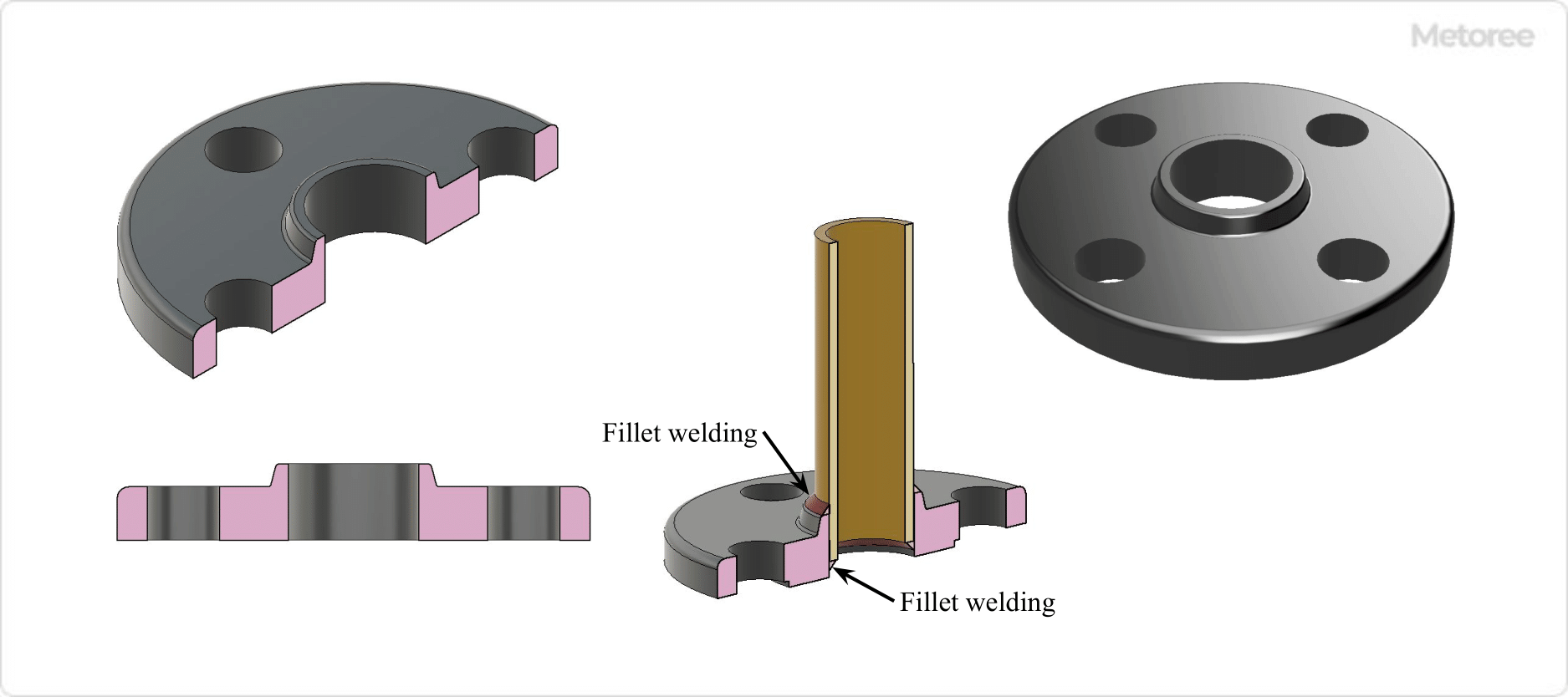
Figure 4: Socket-Welded Flange (SW)
Socket-weld flanges are attached by inserting the pipe up to the flange’s back step and welding the outside surface to the top of the flange, accommodating thermal expansion.
3. Butt-Welded Flange (WN)
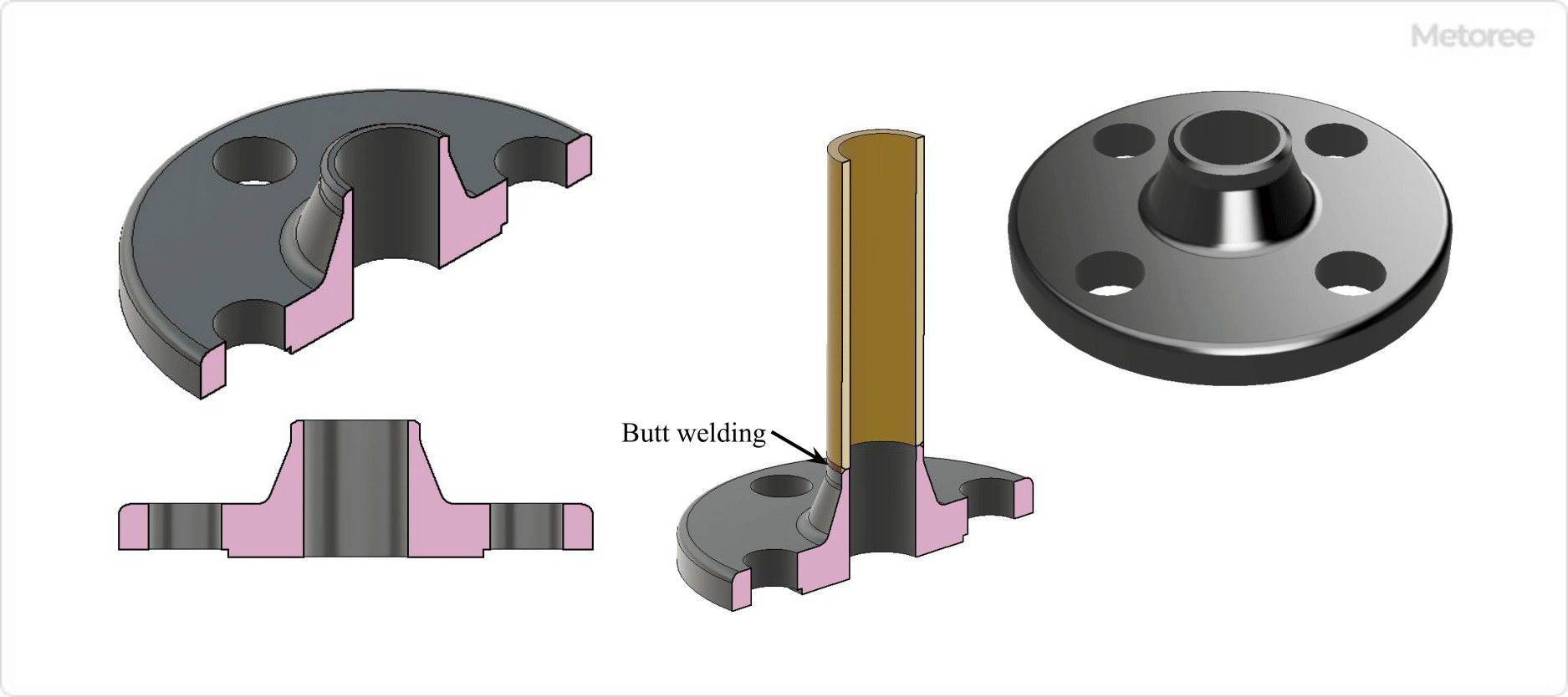
Figure 5: Butt-Welded Flange (WN)
Preferred for larger diameters due to their strength, butt-welded flanges offer a reliable method of joining pipes.
4. Threaded Flange (TR)
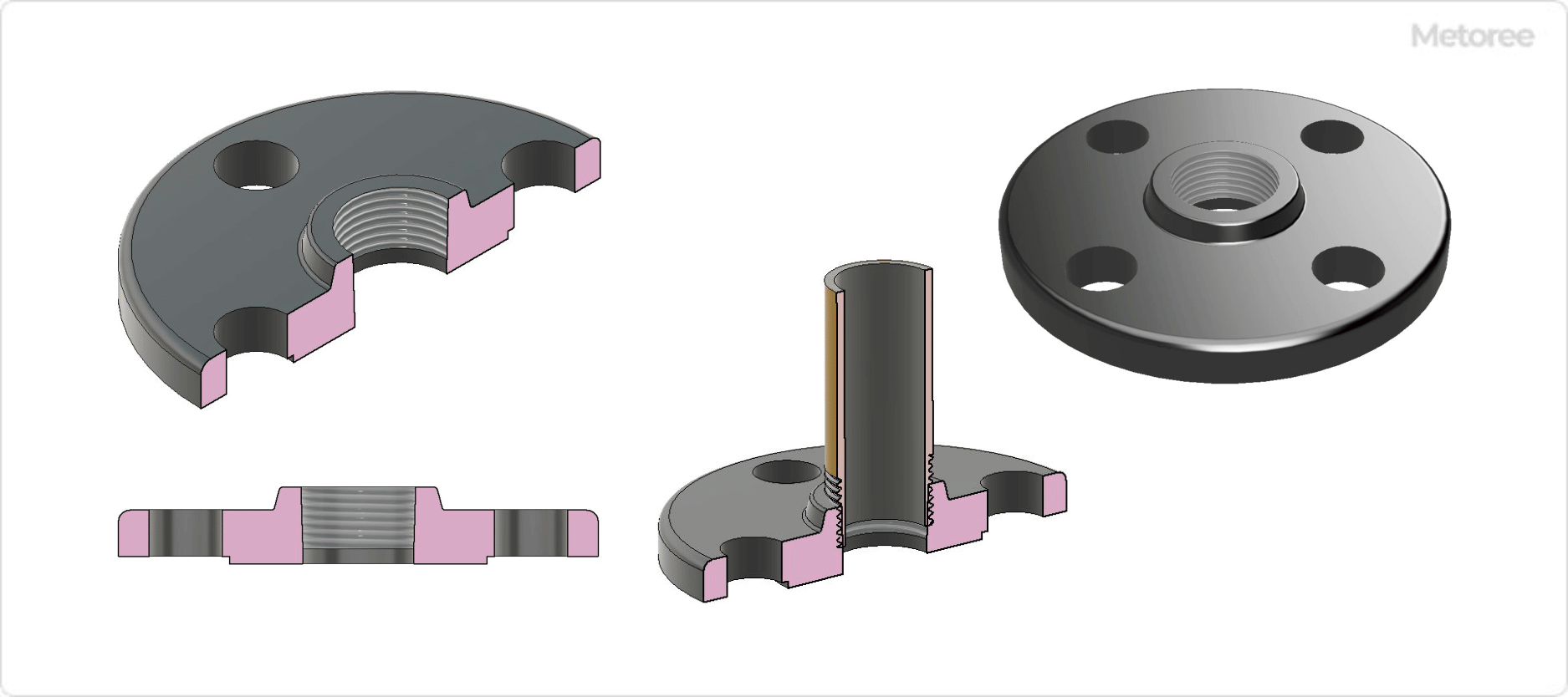
Figure 6: Threaded Flange (TR)
Threaded flanges screw onto the end of a pipe, suitable for low-pressure and temperature applications.
5. Loose-Joint Flange (LJ)
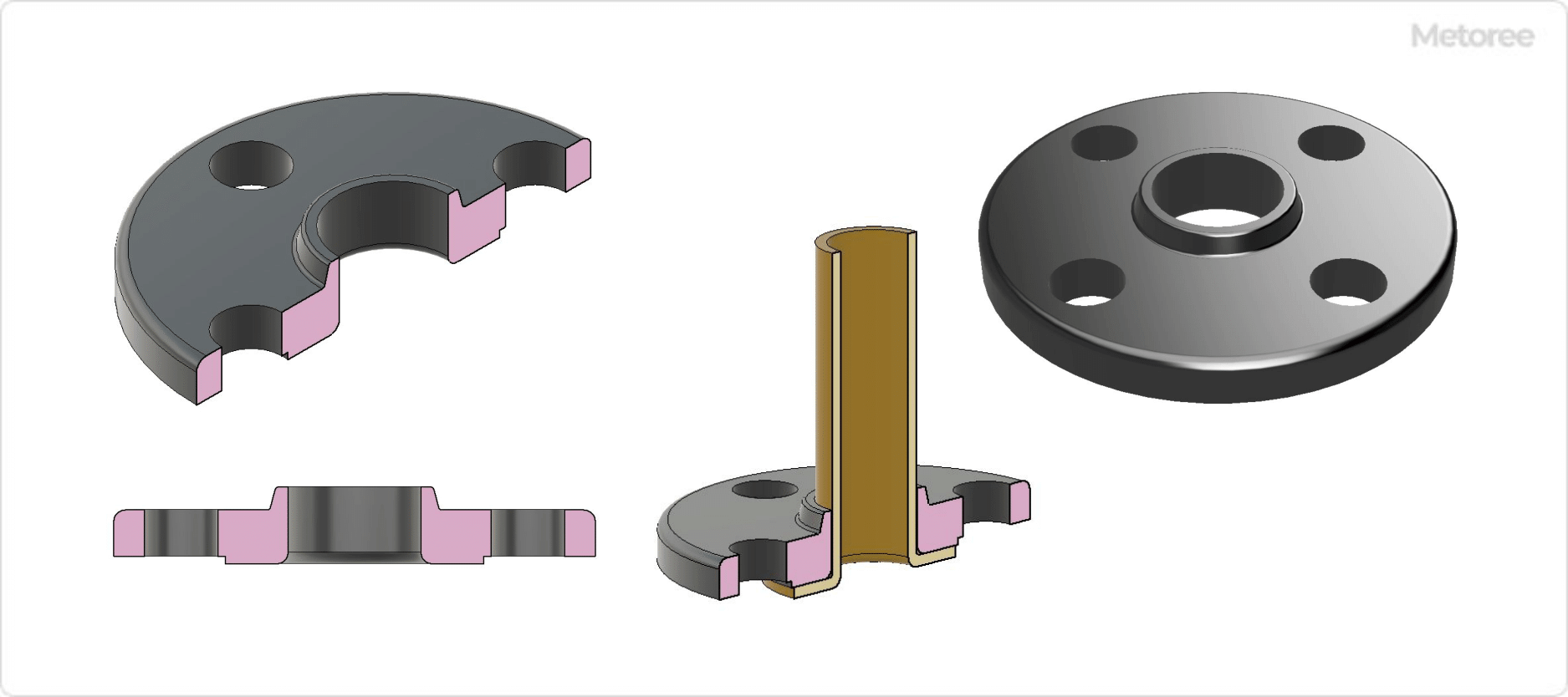
Figure 7: Loose Joint Flange (LJ)
Loose-joint flanges, or lap-joint flanges, facilitate easy orientation and installation with moderate sealing performance.
6. Blind Flange (BL)
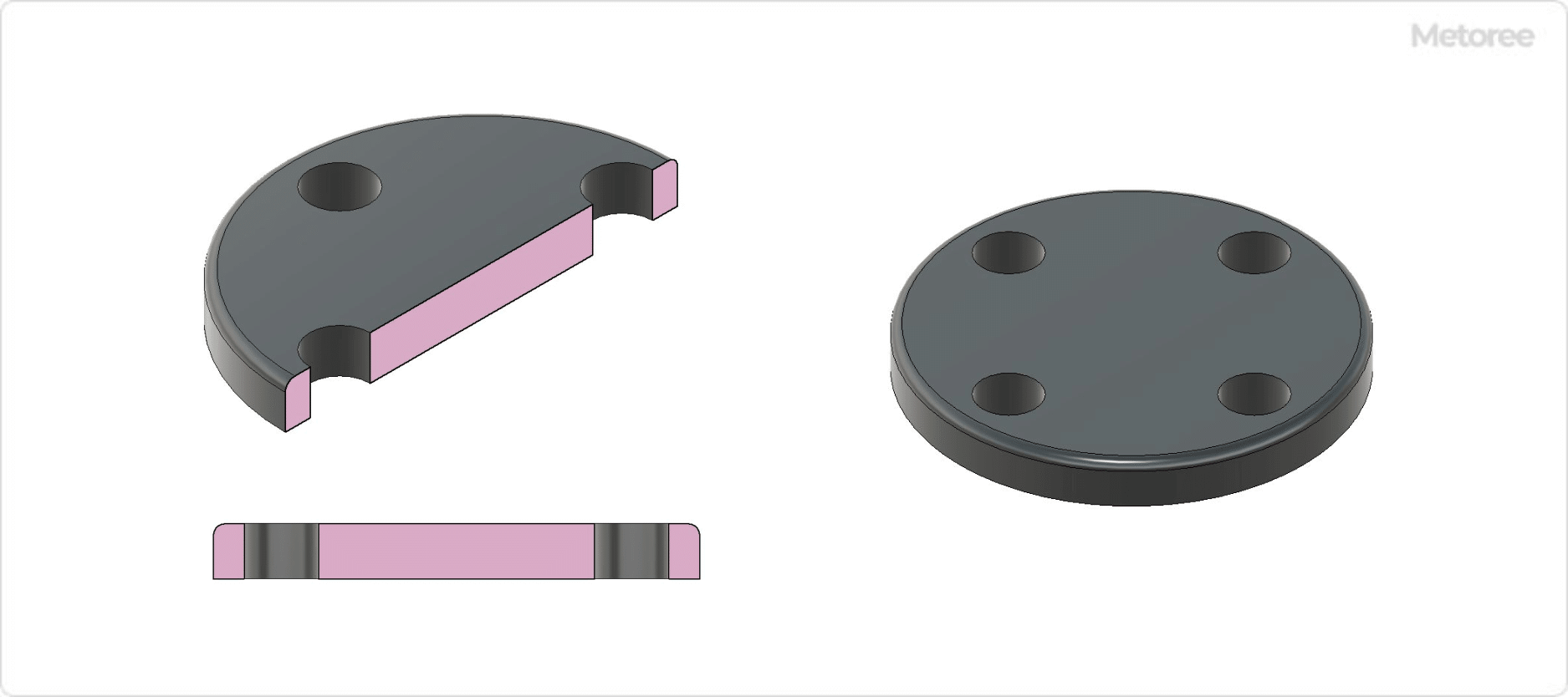
Figure 8: Blocking Flange (BL)
Blind flanges seal the end of a pipe or temporarily close a flange without causing fluid leakage.
7. Mounting Flange (MF)

Figure 9: Mounting Flange (MF)
Mounting flanges combine two different seating configurations for accurate alignment.
8. Groove Flange (TG)
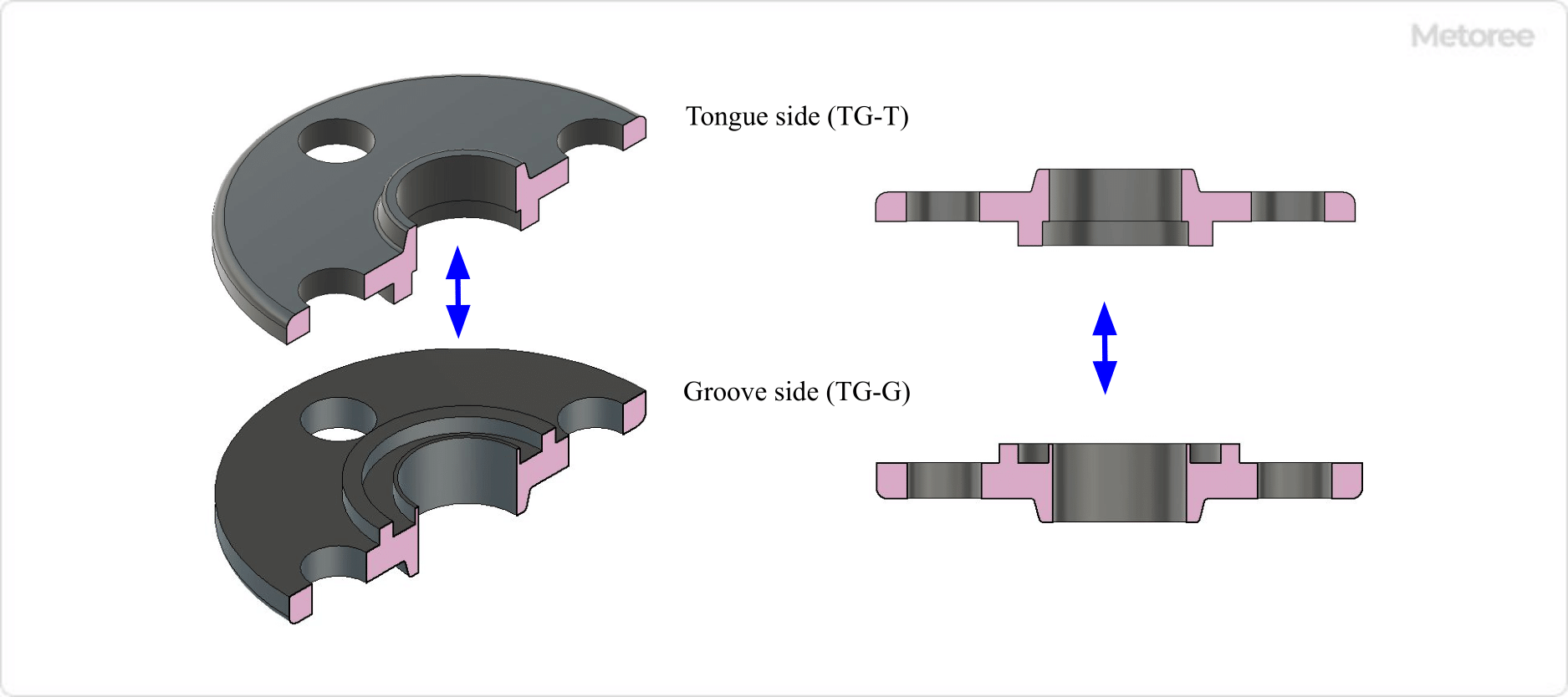
Figure 10: Groove Flange (TG)
Groove flanges, comprising convex and concave pairs, are known for their excellent sealing properties.
How to Select a Pipe Flange
Selection is often based on the maximum working pressure and temperature of the fluid, using the appropriate standard for stress calculations and nominal pressure ratings.
Other Information on Pipe Flanges
Gaskets vary by type, each suitable for different conditions. Standards for pipe flanges include JIS, ANSI/ASME, and others, with JIS and JPI standards predominantly used in Japan.